How To Remove Mold And Mildew From Bathroom Tiles
Mold and mildew are common problems in bathrooms due to the high humidity and moisture levels. These fungi can cause discoloration, unpleasant odors, and even health issues if left untreated. Here’s a comprehensive guide on how to effectively remove mold and mildew from bathroom tiles and keep them at bay.
Understanding Mold and Mildew
Mold and mildew thrive in warm, damp environments, making bathrooms a perfect breeding ground. Mold often appears as black, green, or brown spots, while mildew usually presents as a powdery white or gray substance.
Preparation
Gather Supplies:
White vinegar
Baking soda
Hydrogen peroxide
Commercial mold and mildew cleaner
Liquid dish soap
Spray bottles
Scrub brush
Toothbrush (for grout)
Microfiber cloths
Rubber gloves
Protective goggles and mask
Wear rubber gloves, goggles, and a mask to protect yourself from mold spores and cleaning agents.
Ensure proper ventilation by opening windows and turning on the exhaust fan.
Step-by-Step Cleaning Process
Step 1: Initial Cleaning
Remove Surface Dirt:
Wipe down the tiles with a damp cloth to remove any surface dirt and debris.
This will make the mold and mildew removal process more effective.
Step 2: Vinegar Solution
Apply Vinegar:
Fill a spray bottle with white vinegar (undiluted).
Spray the affected areas generously with vinegar.
Let it sit for at least 30 minutes to break down the mold and mildew.
Scrub and Rinse:
Use a scrub brush to scrub the tiles and grout.
For hard-to-reach areas and grout lines, use an old toothbrush.
Rinse the area with warm water and dry with a microfiber cloth.
Step 3: Baking Soda Paste
Create the Paste:
Mix baking soda with water to form a thick paste.
Apply the paste to the moldy areas, especially grout lines.
Scrub and Rinse:
Scrub the paste into the tiles and grout using a brush.
Rinse thoroughly with warm water and dry with a clean cloth.
Step 4: Hydrogen Peroxide Solution
Pour hydrogen peroxide into a spray bottle (use 3% solution).
Spray the affected areas and let it sit for about 10 minutes.
Scrub and Rinse:
Scrub the tiles and grout with a brush.
Rinse well with water and dry the surfaces.
Step 5: Commercial Mold and Mildew Cleaner
Choose the Right Product:
Select a commercial cleaner specifically designed for mold and mildew removal.
Follow the manufacturer’s instructions for application and safety.
Apply and Scrub:
Apply the cleaner to the affected areas.
Allow it to sit for the recommended time.
Scrub with a brush, rinse, and dry thoroughly.
Preventive Measures
Regular Cleaning:
Clean bathroom tiles regularly to prevent mold and mildew buildup.
Use a vinegar solution weekly to keep tiles fresh and clean.
Ventilation:
Ensure proper ventilation by using the exhaust fan during and after showers.
Keep windows open when possible to reduce humidity.
Drying Surfaces:
Wipe down tiles and shower walls after each use to remove excess moisture.
Use a squeegee to dry tiles and glass doors.
Reduce Humidity:
Use a dehumidifier in the bathroom if necessary.
Fix any leaks promptly to prevent excess moisture.
Seal Grout Lines:
Seal grout lines annually to create a barrier against mold and mildew.
Use a high-quality grout sealer for best results.
Removing mold and mildew from bathroom tiles requires a combination of effective cleaning methods and preventive measures. By following this guide, you can keep your bathroom tiles clean, fresh, and free from harmful mold and mildew. Regular maintenance and proper ventilation are key to preventing future growth and ensuring a healthy bathroom environment.







